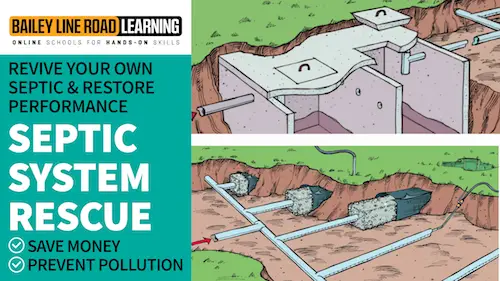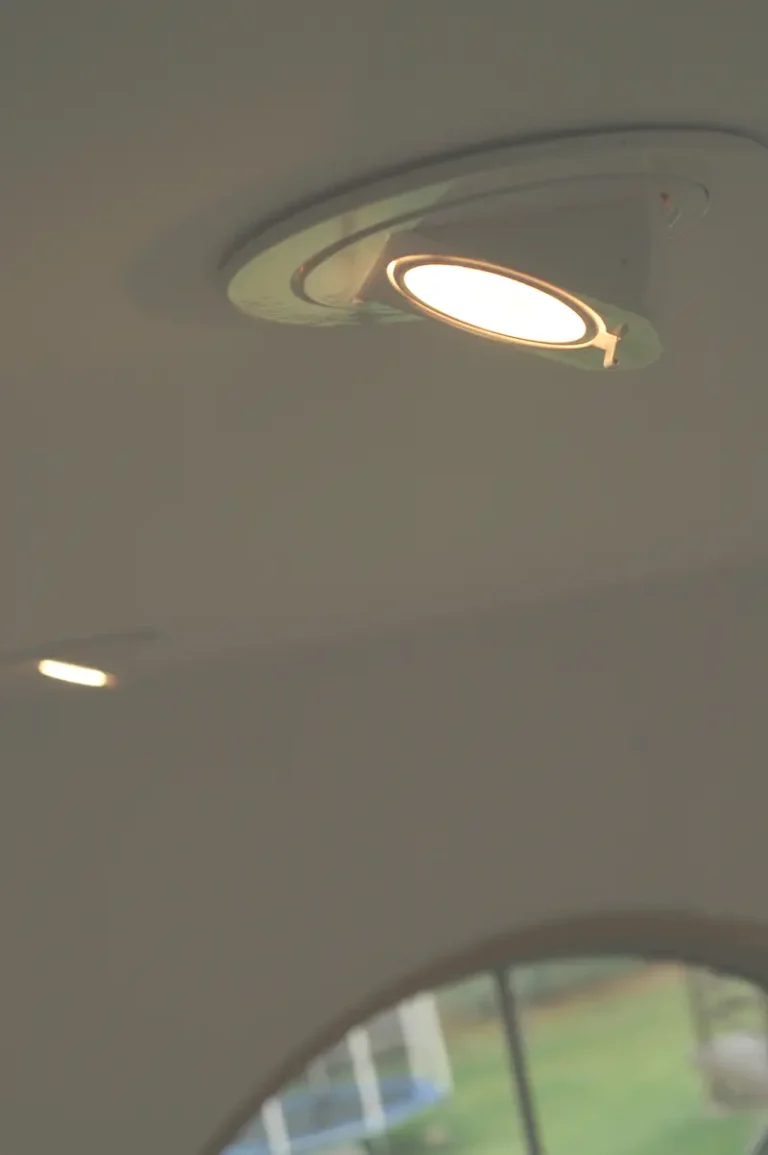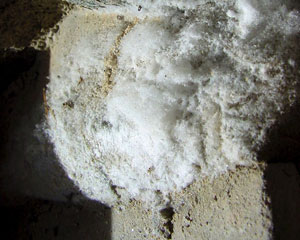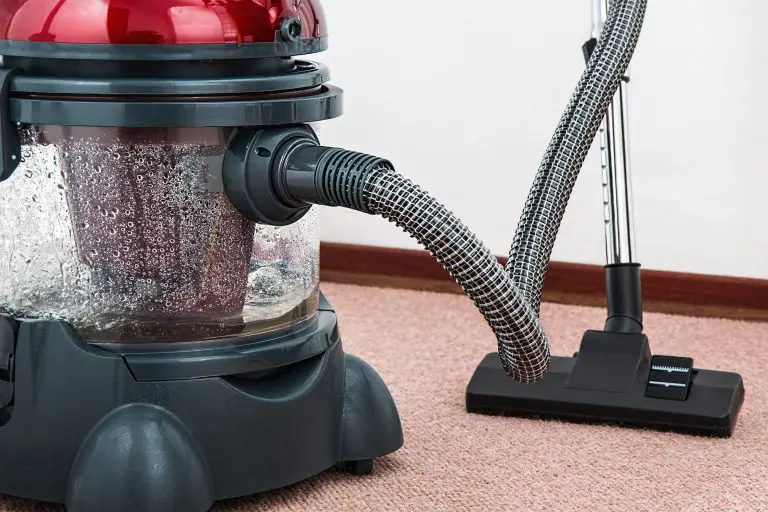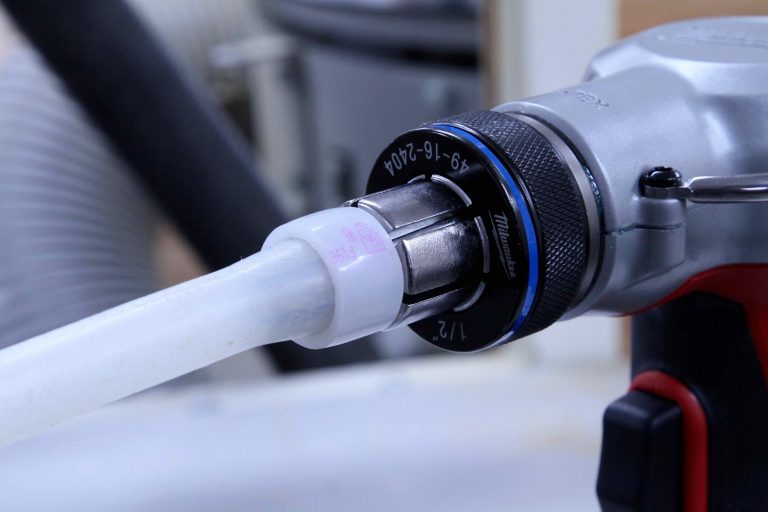
Are you concerned about the taste and safety of your drinking water? Lots of people are, but that’s not news. What is news, however, are all the ways you can now improve your tap water with in-home technology. The possibilities are always improving, mostly because we’re worried. Is our water as safe as we once thought? Maybe, but lots of us aren’t entirely convinced.
This is where the water filtration options you’ll find here can help. This article covers a couple of little-known options I have personal experience with. My hope is that it provides the basics of understanding to help you make wise water choices if you do want to take personal responsibility for drinking water quality.
Water Filtration Step#1: Find Out What You’ve Got
Many local governments provide access to basic, microbial water testing services through district health units, though the emphasis here is on the word “basic”. Government testing is typically for bacteriological contamination only, not chemical contamination. While bacteriological insights certainly are useful, a sample of, say, sterile water laced with arsenic, would still get a potable rating according to these simple tests. Yes, bacteria can hurt you, but most of the public anxiety about drinking water these days springs from possible chemical contaminants, doesn’t it? The knowledge most of us have of chemical hazards is incomplete, so we’re especially nervous.
More complete testing for a range of substances is available through private labs, with costs ranging from $50 to $400 per test. Google the name of the area where you live, plus “water testing” and you’ll find the most important local testing options. But even then, such tests will only provide a snapshot of current water purity. Water quality will change over time, and old test results can’t necessarily warn you of new dangers. If you have reasons to be concerned about your drinking water now, how long will a safe test result ease your mind? Yes, drinking water analysis is useful, but for most of us it isn’t the complete answer to our concerns, even when the results are apparently reassuring.
Water Filtration Step#2: Protection Against Chemical Contaminants
If you’re connected to a large municipal water supply, your primary concern is probably about chemical contaminants, not microorganisms. Sure, microbes can and do get into municipal water (especially in countries that haven’t yet got the infrastructure to deliver bacteria-free water every time), but the systems that deliver safe water are designed to eliminate these critters at source. There are exceptions to this, of course, such as the recent awareness of water-borne parasites which can’t always be killed by conventional treatment methods. But by-and-large, constant monitoring and public announcements will usually keep you informed if micro-organisms enter your municipal supply. Ironically, chlorine is the tool most often used to purify water municipally, and chlorine is now one of the leading causes of health concerns (and taste concerns) among the discerning water-drinking public. Just consider the popularity of carbon filter jugs and you’ll see what I mean. In fact, chlorine has become a real source for concern, and for good reason.
A growing list of scientific findings suggests that when chlorine reacts with organic substances (such as bacteria) in water, it produces a family of chemical by-products called trihalomethanes. Water drawn from surface sources, such as lakes and rivers, is most likely to contain organic substances. In high enough concentrations, trihalomethanes have been linked to serious health problems. At first these studies were easy to ignore, but as similar findings arise from more and more studies, it’s getting difficult to dismiss them. Even the steam from chlorinated showers has received scientific scrutiny as a source of inhalable trihalomethanes that are even greater than those ingested from drinking the water.
Water Filtration Step#3: Choose Your Equipment
WHOLE HOUSE CARBON FILTER: This option is for eliminating (or greatly reducing) chemical contamination of your water, and the presence of chlorine and fluoride. A whole-house carbon filter is also one of the easiest ways to get rid of those by products of chlorine – those trihalomethanes – that affect the safety of showers and bathing. The filter is what you see below is what I have at my place. Whole-house units like these can be installed to treat all the water you use for about $1500. The granulated carbon inside the filter needs to be replaced every 2 to 3 years at a cost of $150 to $200. Carbon derived from coconut shells is regarded as the most effective type for water filtration purposes, but even with this premium stuff on your side, you won’t necessarily get rid of dissolved substances such as sulphur that lead to rotten egg smell. More on this later. The carbon filter you see in the photo below is large and effective. It requires automatic backwashing every few months to stay effective. You can set units like this to backwash on a schedule without your involvement.
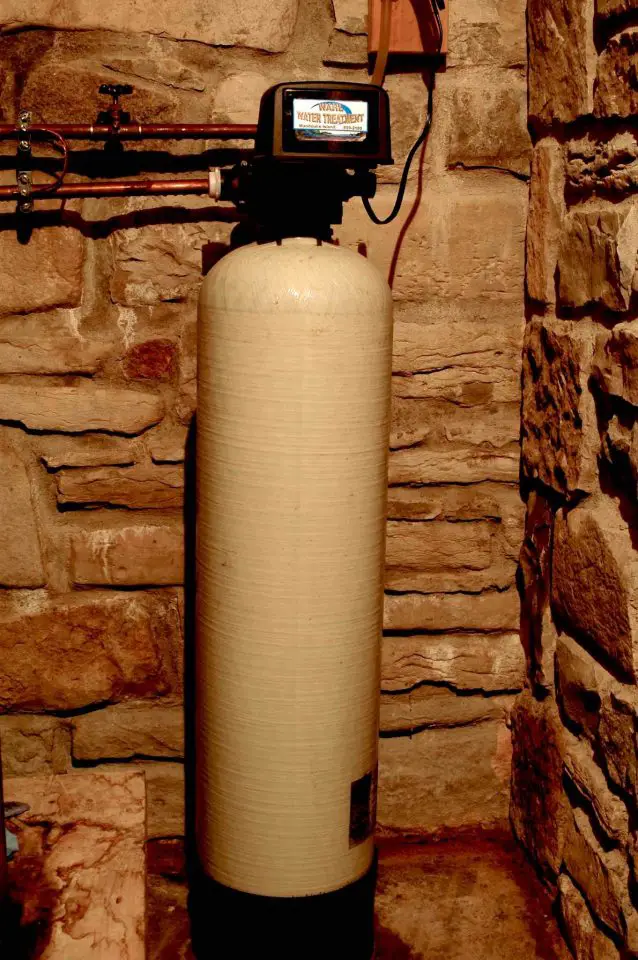
AT-TAP WATER FILTRATION: If your aim is the most chemically pure drinking water you can get from a given water tap, you’ve got two main options: distillation and reverse-osmosis (RO) filtration. Neither of these choices are practical for whole-house applications because of their low daily outputs. Both are designed to treat only one or two taps in a house.
DISTILLATION SYSTEMS: These cost $500 to $3000 plus installation costs and use electricity to boil, then condense, water to purify it. Everything is removed by this process, except perhaps small amounts of volatile chemical components that could boil and condense along with the water. You’ll need to add a carbon filter to get rid of these. Distillation plus a carbon filter is a practical way to get absolutely pure drinking water. This is the system we use at our place and I’ve found that drinking distilled water is an excellent health booster in several ways. That’s it below.

Reverse-osmosis systems (RO) ($1000 and up), use a very, very fine filter membrane to remove everything that’s not water. Even substances held in solution are removed by this process. Moderately hard water will clog up a reverse osmosis system quickly, though, as will any kind of sediment, however small. For this reason, RO systems often come bundled with other filter components that keep things working. You may also have to add a water softener to your household water system if your water is hard. Maintenance of an RO unit involves changing the membrane every few years at a cost of about $200.
WHOLE HOUSE MICROBE CONTROL: If you draw water from a well, lake or river, or you get it from a questionable municipal supply, you may have legitimate concerns about micro-organisms in the water that comes out of all your taps. Send in samples and find out what’s happening. The most vulnerable time of year is spring and fall, when rainwater can slosh down freely into the underground aquifer. Home-based options for microbial treatment include small chlorination or iodination units, and ultraviolet systems that kill critters with light. Chlorination, iodination and ultraviolet systems can treat all the water that flows through your house.

Hydrogen peroxide injection is one way to treat water for bacteria and odours. I’ve lived with this system in my own house for more than 25 years and I like it a lot. Besides killing germs, hydrogen peroxide (which is just an ordinary water molecule with an additional oxygen atom tacked on) also has the effect of transforming odour and taste-producing components into forms that can be filtered out easily. Sulphur-water, a condition that makes some well water smell like rotten eggs, can be effectively treated with a hydrogen peroxide/carbon filter combination. This is one of the only options for effectively eliminating the smell of sulphur water. The largest municipal use of hydrogen peroxide technology for odour control of sulphur-water began several years ago in southern California. Various oxygen-based systems (such as ozone treatments) are used in about 60% of European municipal water supplies. The drawbacks of chlorination have been a public concern for a long time in that part of the world. Click here for a video tour of the hydrogen peroxide water system I run at my house.
Got a Water Well?
There’s a lot more to getting great water from a well than when treating a municipal supply.
- Got a weak well that doesn’t provide enough water? There’s a fix for that (and it really works).
- Want to save big money installing and maintaining your own water pump and pressure tank?
- Got a failing septic system that looks like it might need an expensive replacement? Chances are good that there’s a much easier (and less expensive) way to get things going again without replacement.
I cover all these things and more in two of my most popular online courses below.
Want to learn about maintaining and troubleshooting your water well and septic system without expensive, professional help? Click the icons below to learn about each of the two in-depth courses I offer on this. 100% satisfaction or your money back, so there’s no risk to you.


